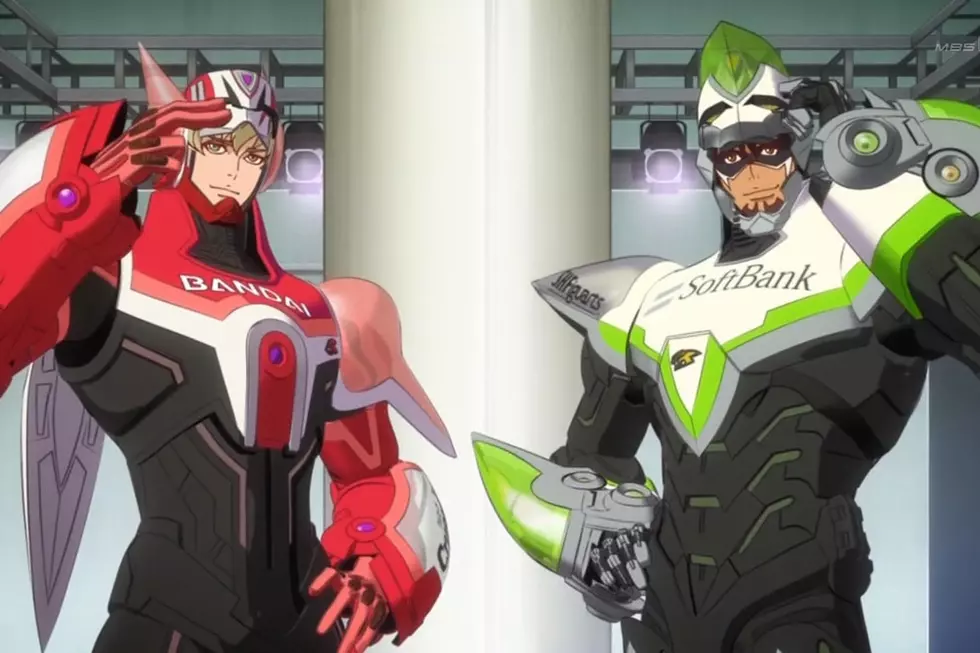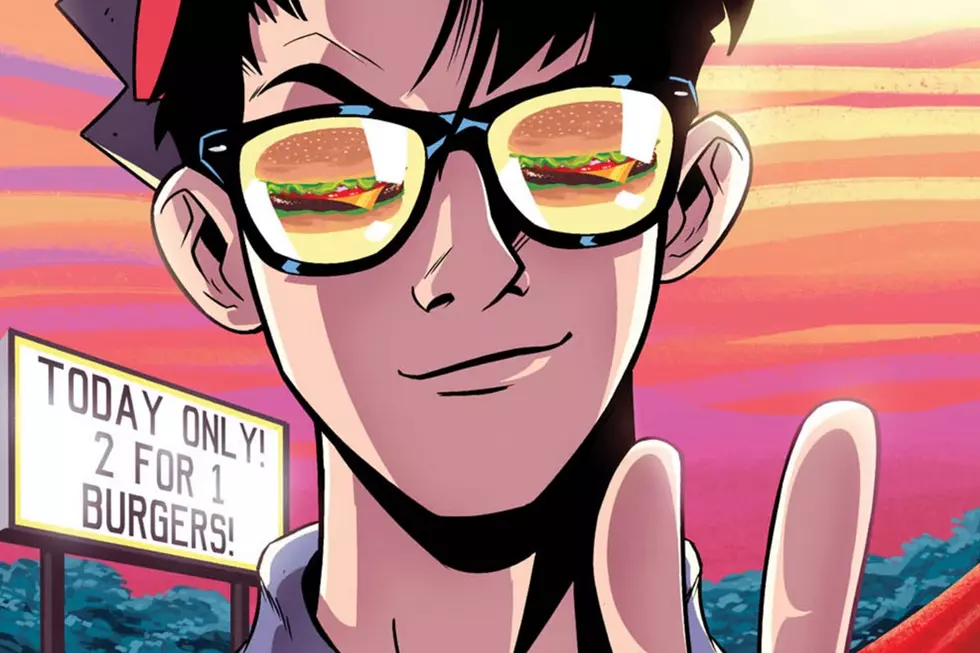
‘Tatsumi': A Film About A Manga Giant That’s As Gentle As He Was
When Yoshihiro Tatsumi died this past March, there was a wave of mourning throughout the manga world. His works weren't as well known as that of his mentor Osamu Tezuka, but those who knew his work --- mostly due to the wonderful efforts of Drawn & Quarterly and Adrian Tomine, who have been translating and publishing his output since 2005 ---knew that he was every bit a poet of the real and human as Harvey Pekar.
At the time of Tatsumi’s death, I was in the middle of reading his massive, Eisner Award-winning 2009 memoir A Drifting Life. A dense read, it tells the story of Tatsumi’s childhood growing up in post-WWII Osaka, how he began submitting manga to contests at a young age, his meetings with Tezuka, and how he and others founded the manga subgenre “gekiga”, all filtered through the lens of his alter ego, Hiroshi. Despite the mammoth length and breadth of its topics, the book is as gentle and lulling as a Joe Hisashi composition.
A Drifting Life, along with four of Tatsumi’s short stories, was adapted into the 2011 Singaporean animated film Tatsumi. Directed by Eric Khoo and produced by Infinite Frameworks and Zhao Wei Films, Tatsumi premiered in the “Un Certain Regard” section of the 2011 Cannes Film Festival and is currently streaming with English subtitles on Amazon Prime.
The major difference that A Drifting Life readers will notice is that Tatsumi drops the filter of Hiroshi, which is for the best. The streamlined narrative is not only easier to follow, it allows for Tatsumi to be more relatable and empathetic.
The animation recalls the film version of Persepolis, in that Tatsumi’s style is literally translated to the screen, though each of the four short stories is colored differently to reflect their intensity.
All are outstanding but the black and white, uncompromising “Hell,” which opens the film and follows a photographer who rockets to fame with a Hiroshima picture that may be more sinister than it seems, stuck with me the most. A close second was the other bookend, “Good-Bye,” a haunting story told in sepias and reds about Mariko, a prostitute, and her desperate father.
As the photographer in “Hell,” Tetsuya Bessho (who provides several other voices throughout the film) delivers a shattering lead performance that refuses to let you go. Motoko Gollent does wonderful work as Mariko, portraying a life of regret and bitterness in just a few words.
Tatsumi himself narrates the autobiographical segments, which look as if you stepped inside Life and let it wash over you. His simple narration, as well as a final fade out and ending credits montage that really demands to be seen, is incredibly sweet and powerful.
Director Khoo first encountered Tatsumi’s work while in the army, and he has an obvious love for his subject, and displays it with a breathtaking clarity and character. This is underscored by some remarkable animation. A scene involving Tatsumi having a personal revelation while among fireflies --- something referenced on the film’s poster --- is simply gorgeous.
Tatsumi is, like its subject, in a class by itself. It pulls the viewer in with simple, lovely visuals and an outstanding score, and then astounds with its elegant reflections on humanity and history. It’s also available on DVD, but seek out this overlooked gem out any way you can.
More From ComicsAlliance









